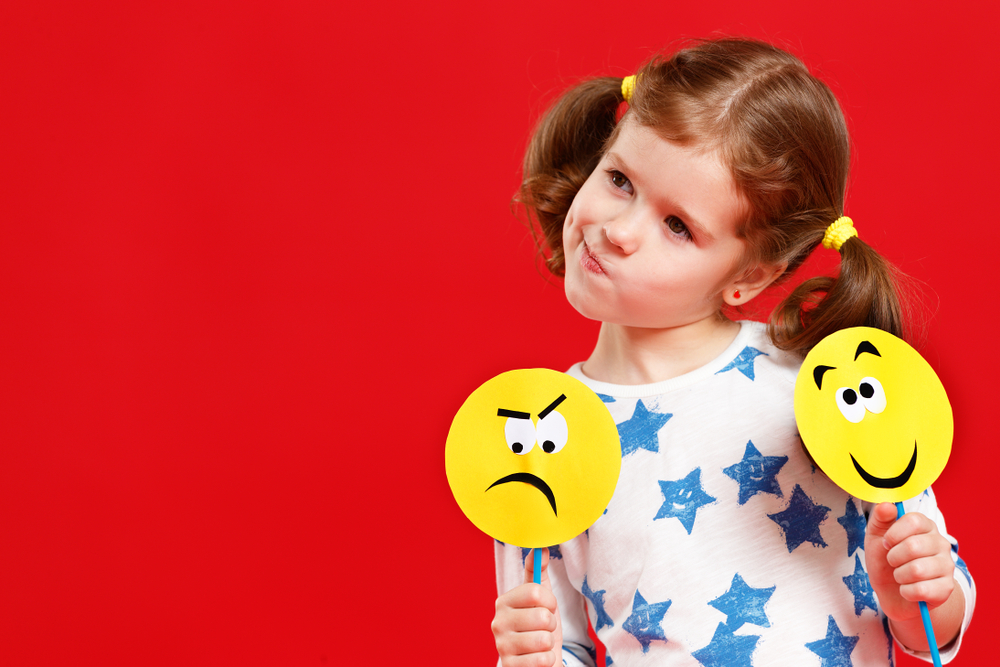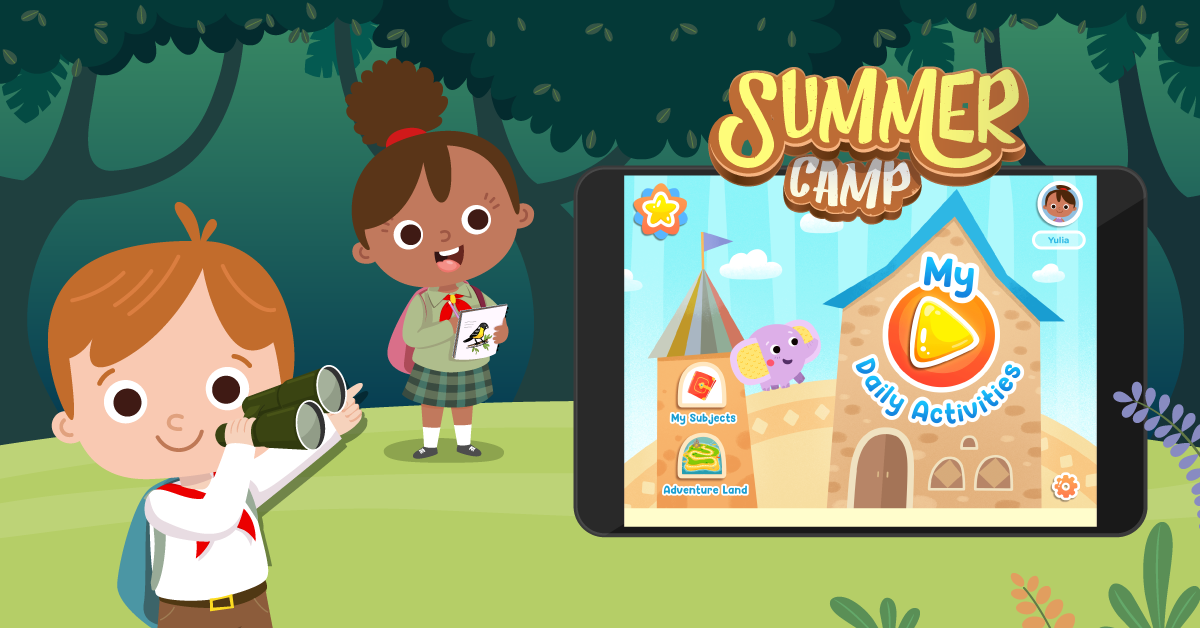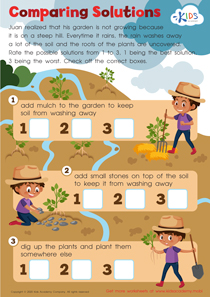Fairy Tales worksheets activities for Ages 6-8
58 filtered results
-
From - To
Unlock the enchanting world of fairy tales for children ages 6-8 with our engaging worksheets and activities! Designed to inspire creativity and imagination, these resources help young learners explore classic stories while enhancing their reading and comprehension skills. Our printable worksheets include fun activities, such as matching characters, sequencing events, and creative writing prompts, that make learning enjoyable. Dive into captivating tales like Cinderella, Jack and the Beanstalk, and more, encouraging critical thinking and storytelling abilities in a delightful way. Perfect for homeschooling, classroom settings, or supplemental learning, our fairy tales worksheets are sure to be a hit with kids and parents alike!
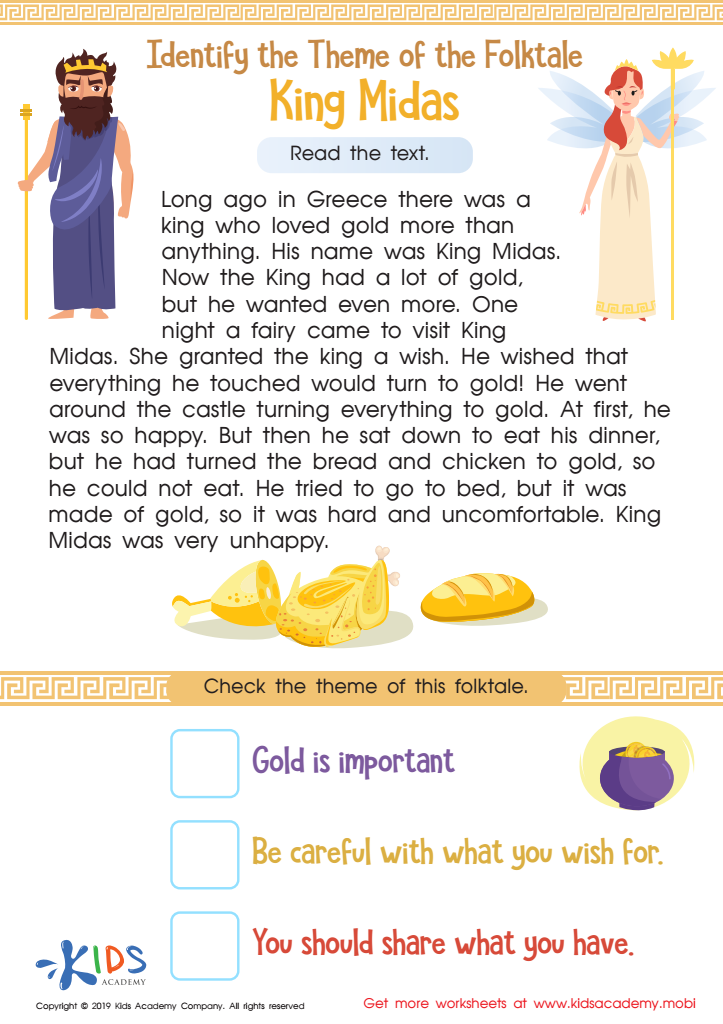

King Midas Worksheet
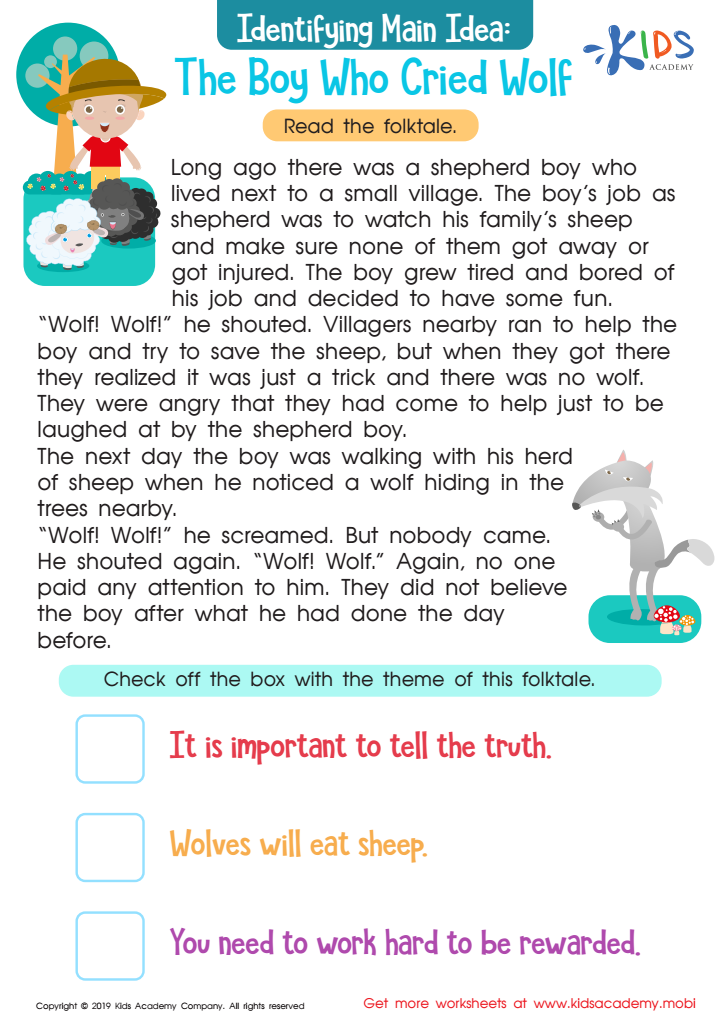

The Boy Who Cried Wolf Part 2 Worksheet
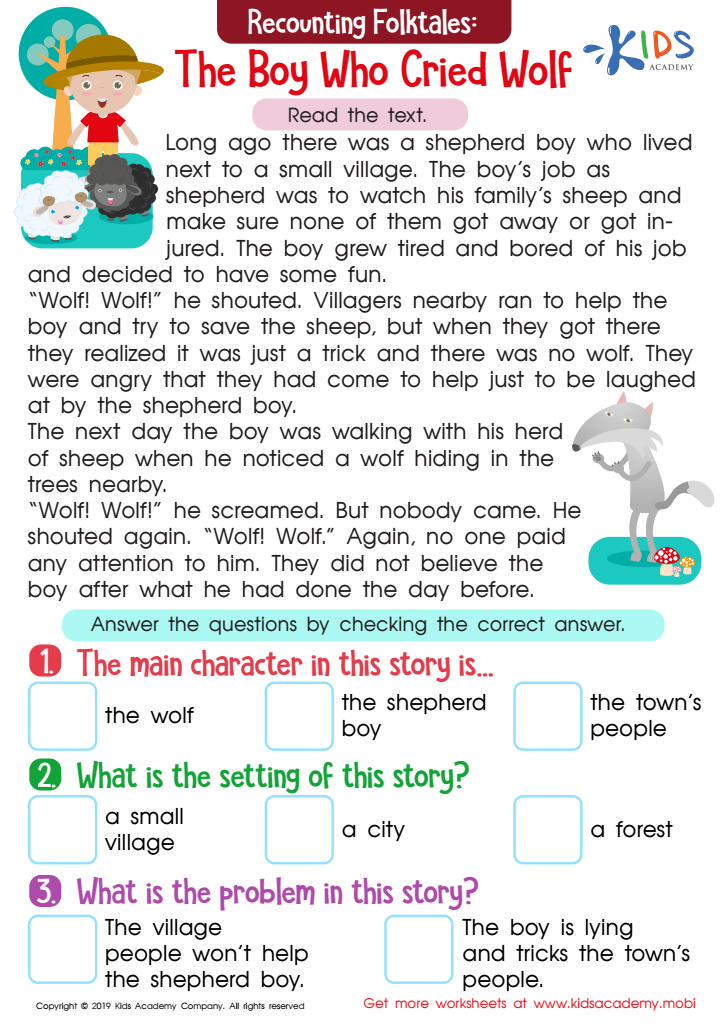

The Boy Who Cried Wolf Part 1 Worksheet


“The Princess and the Pea” and “Cinderella” Worksheet
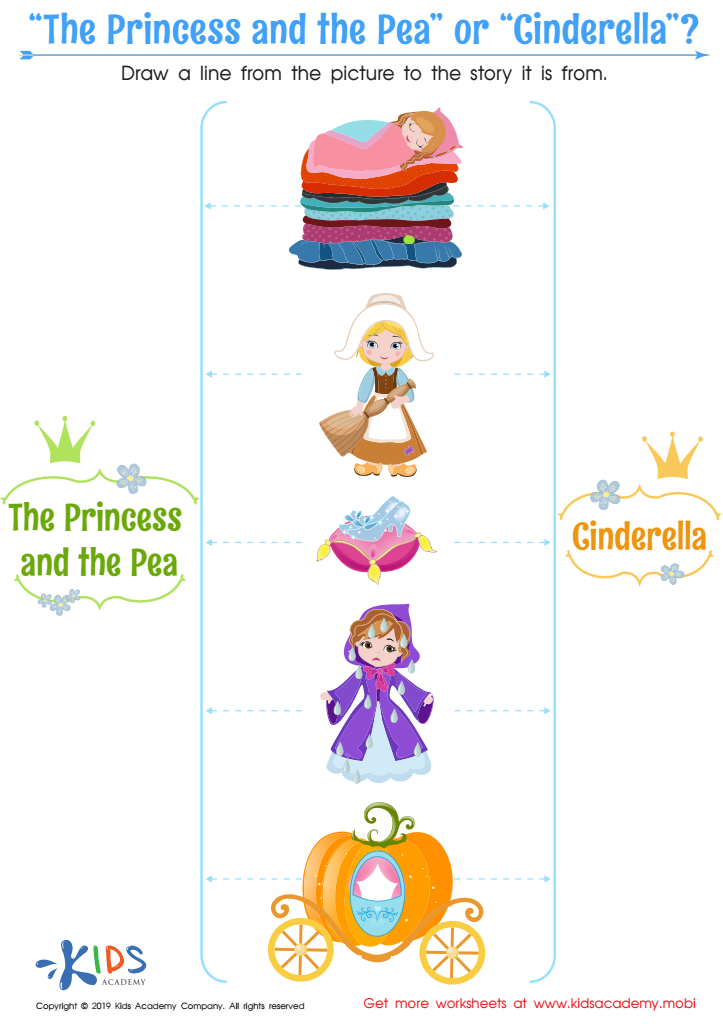

“The Princess and the Pea” or “Cinderella” Worksheet
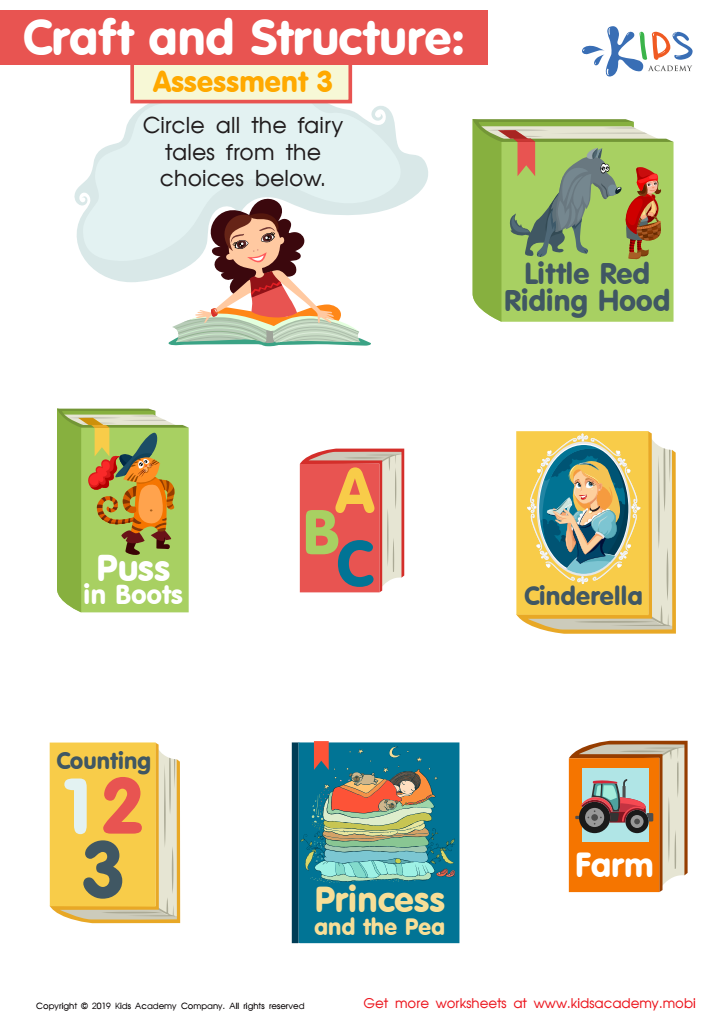

Craft and Structure: Assessment 3 Worksheet
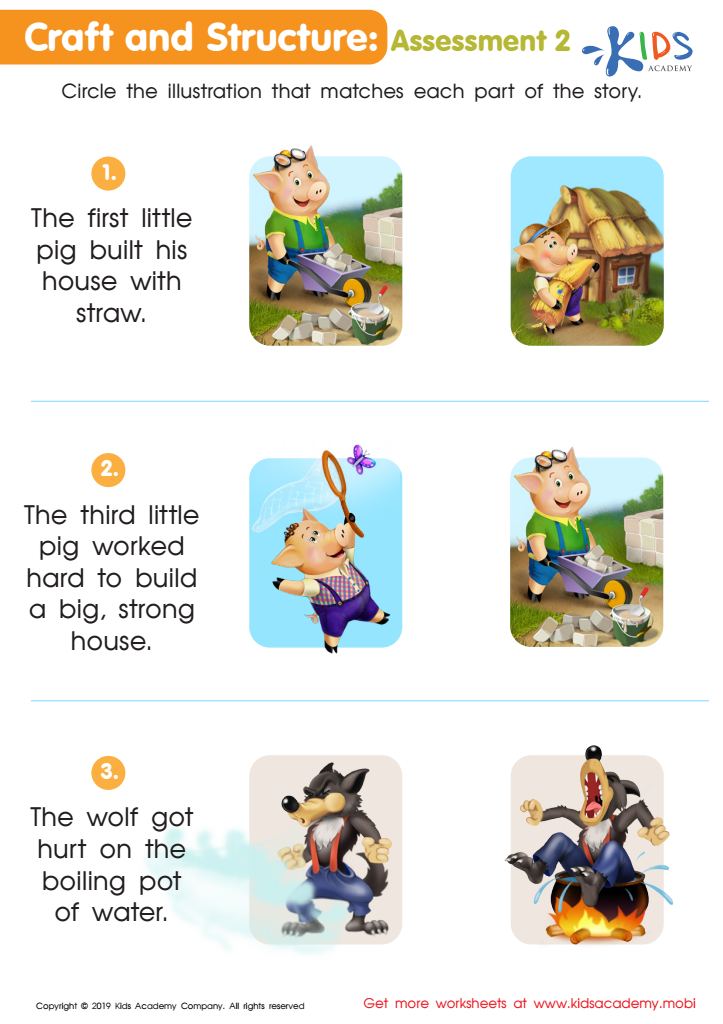

Craft and Structure: Assessment 2 Worksheet 2
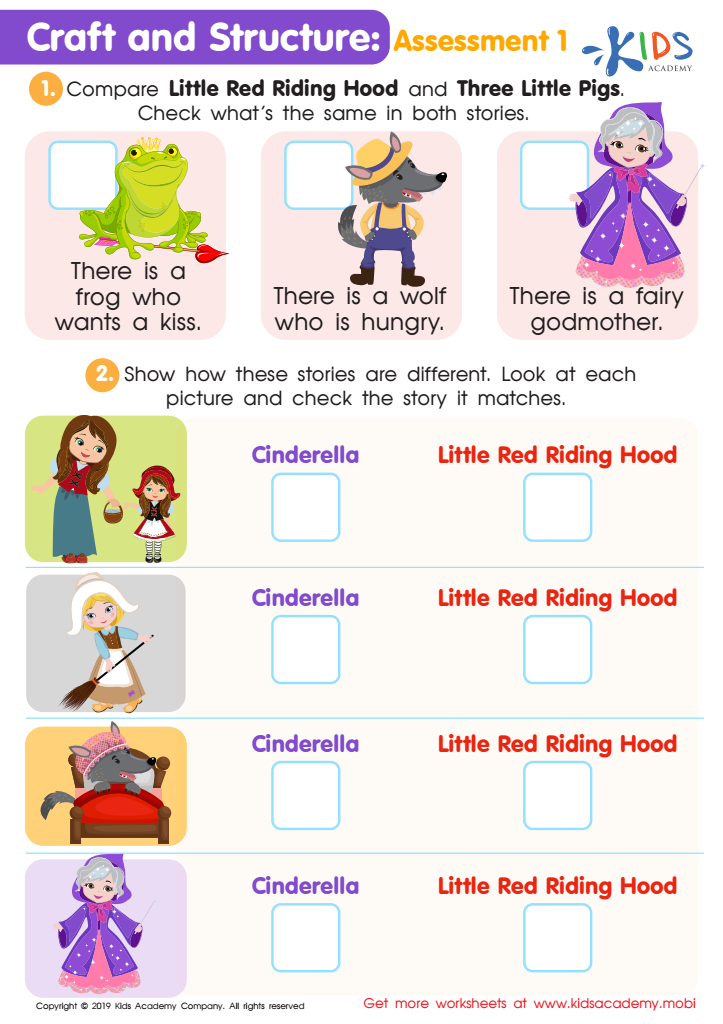

Craft and Structure: Assessment 1 Worksheet


Little Red Riding Hood: Illustrations Worksheet
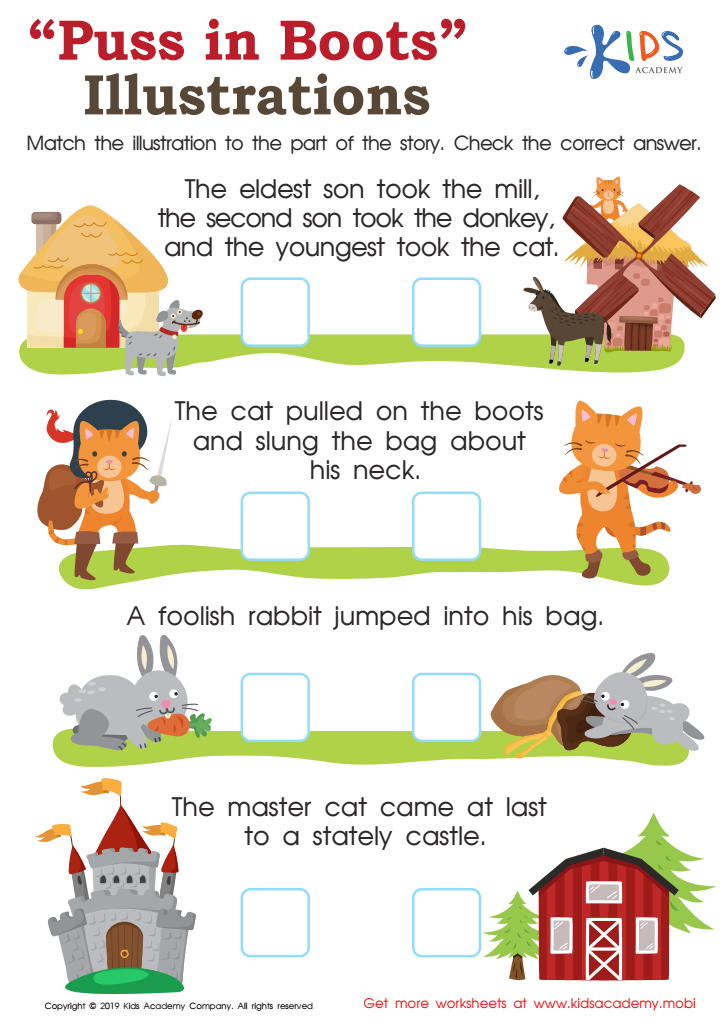

Puss in Boots Illustrations Worksheet
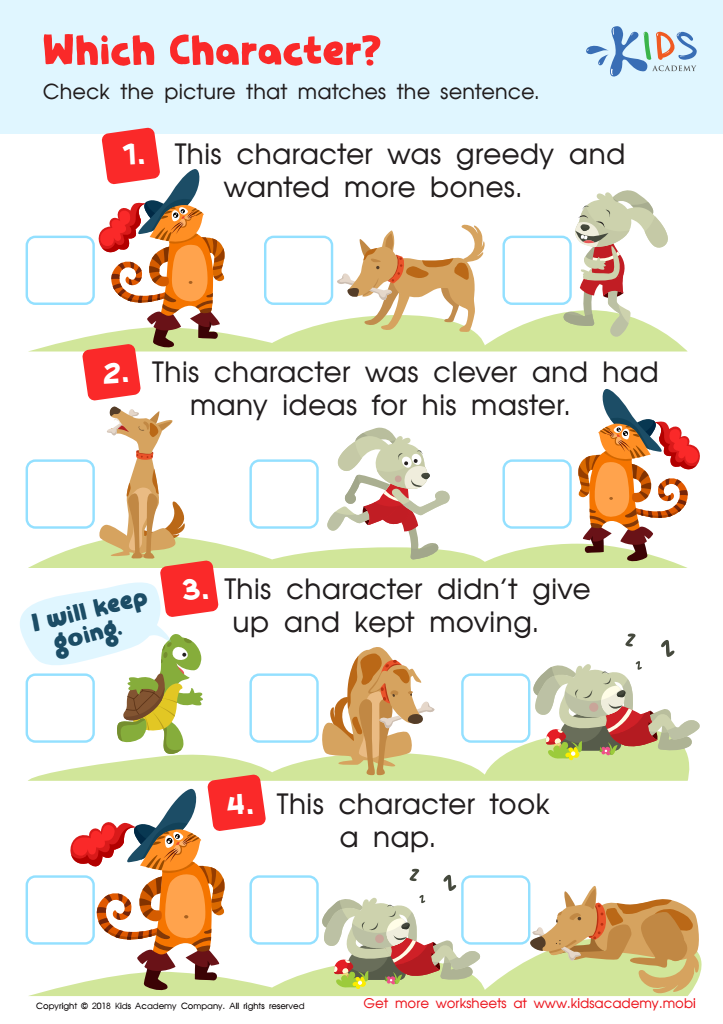

Which Character Worksheet
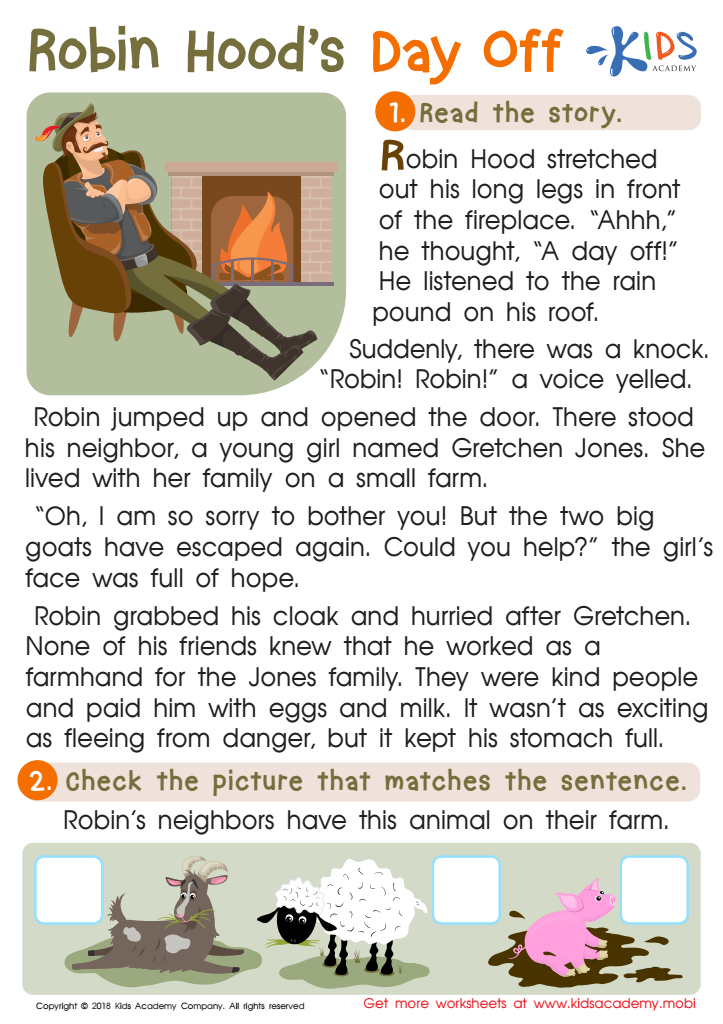

Robin Hood's Day Off Worksheet
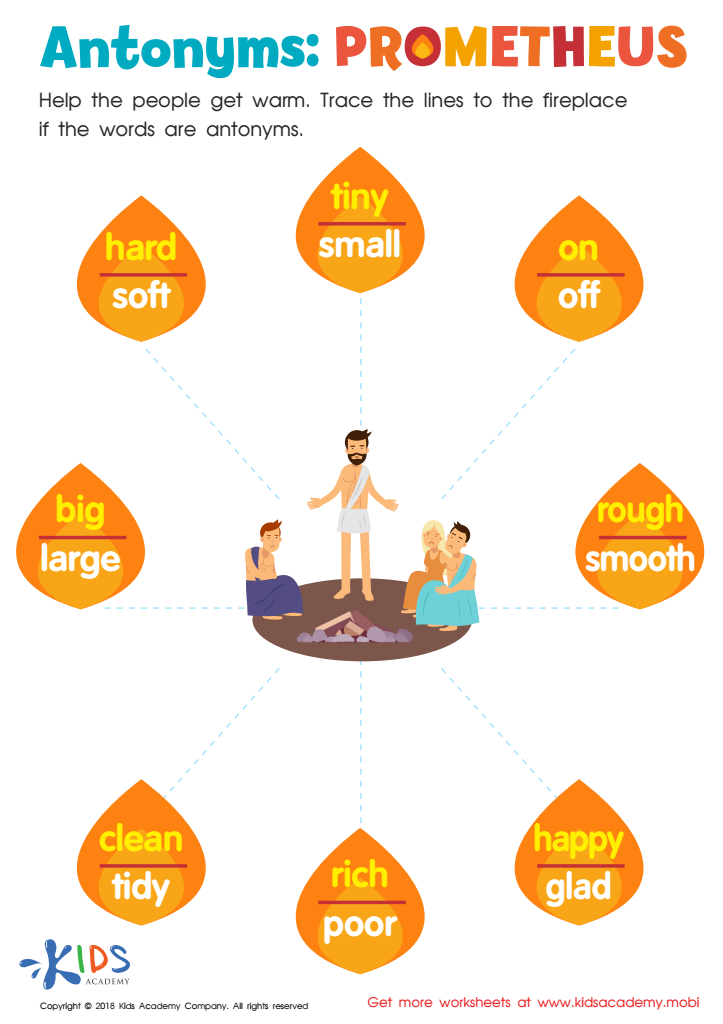

Antonyms: Prometheus Worksheet
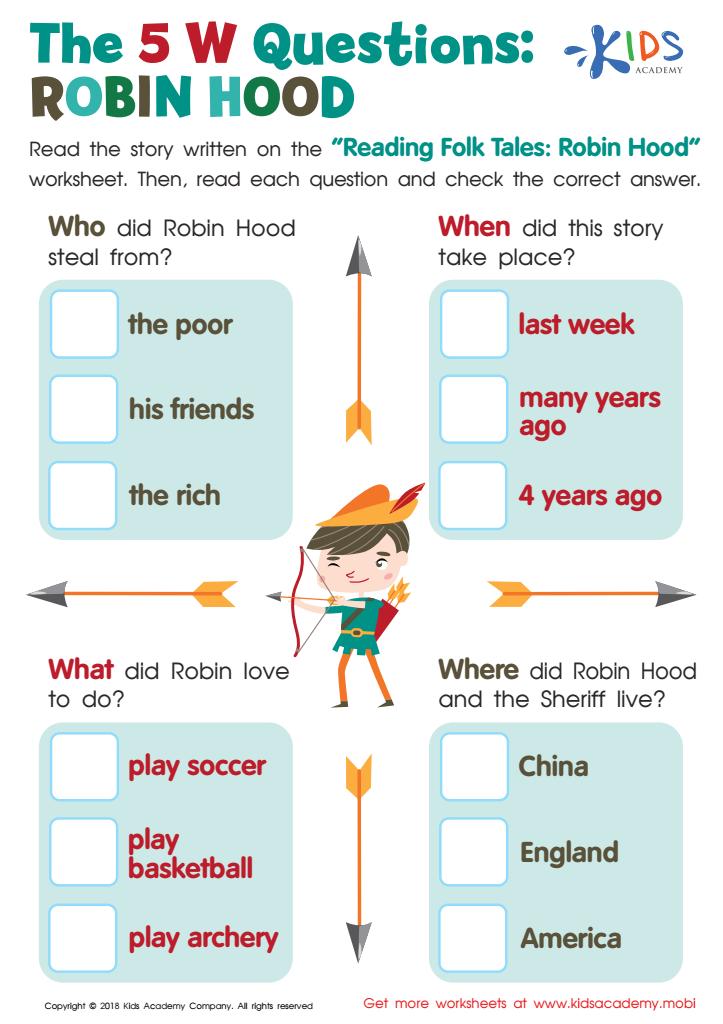

The 5 W Questions: Robin Hood Worksheet
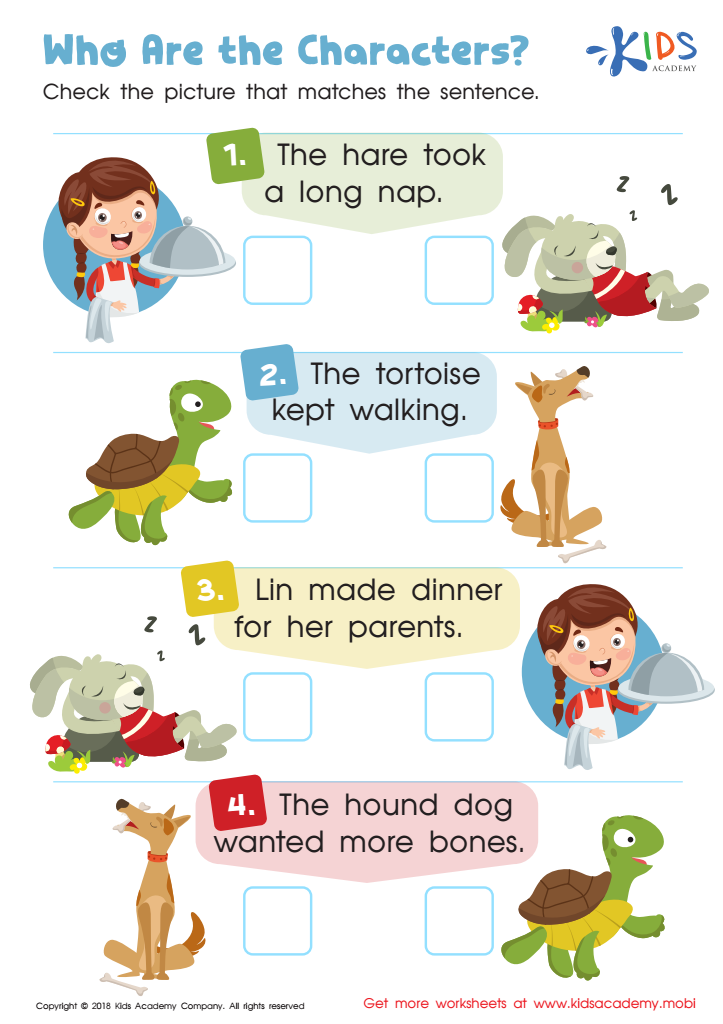

Who Are The Characters Worksheet
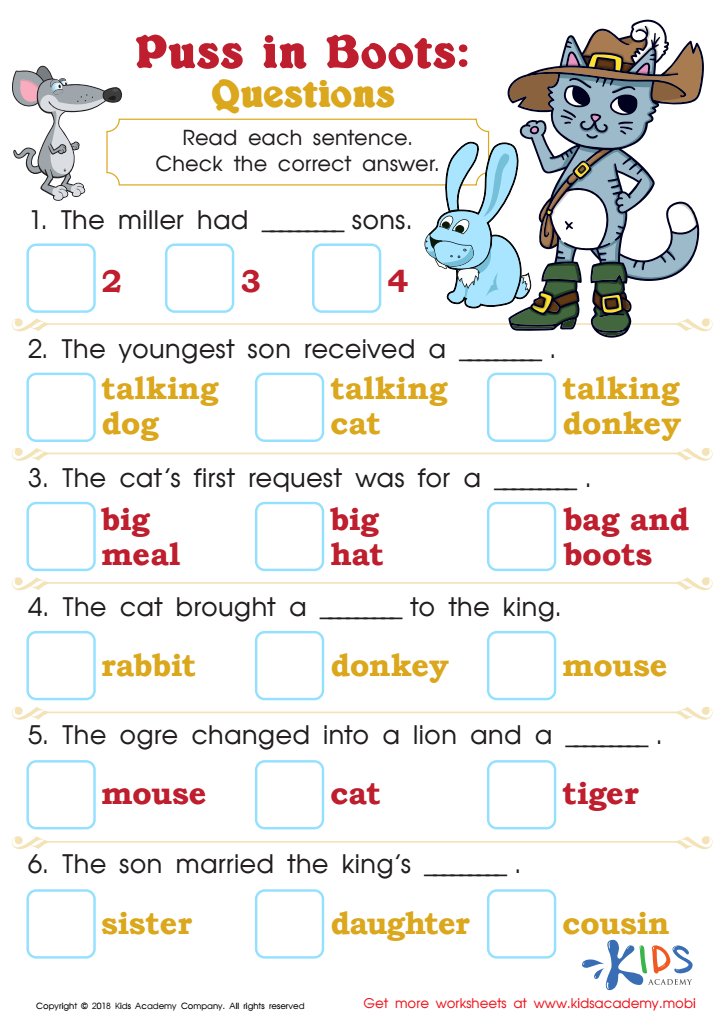

Puss in Boots: Questions Worksheet
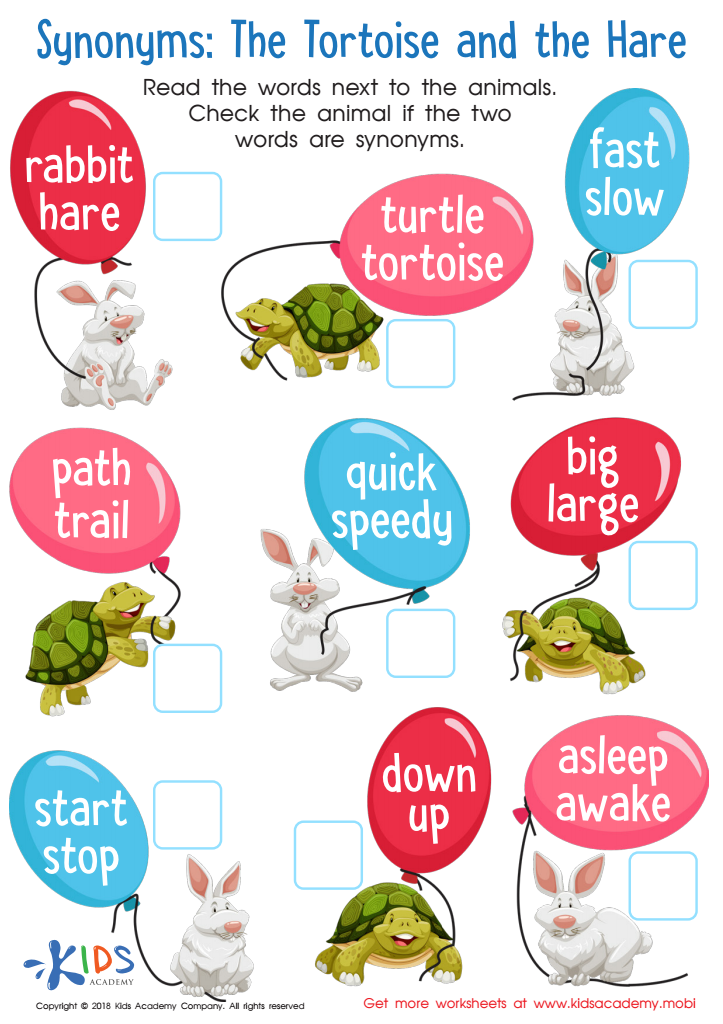

Synonyms: The Tortoise and Hare Worksheet
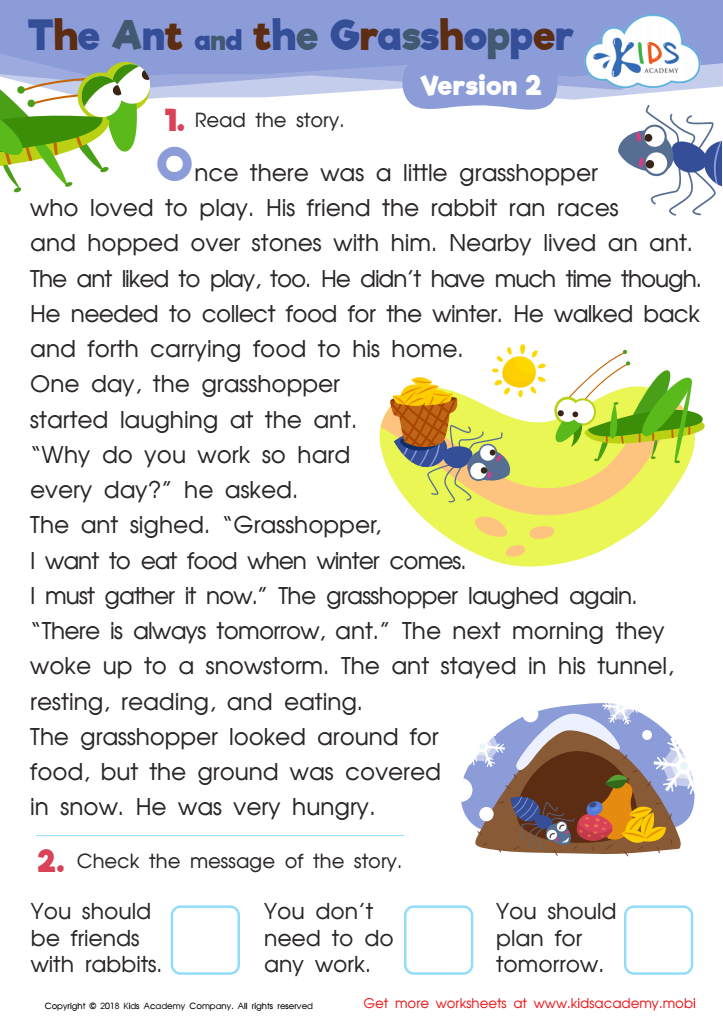

The Ant and The Grasshopper Version 2 Worksheet
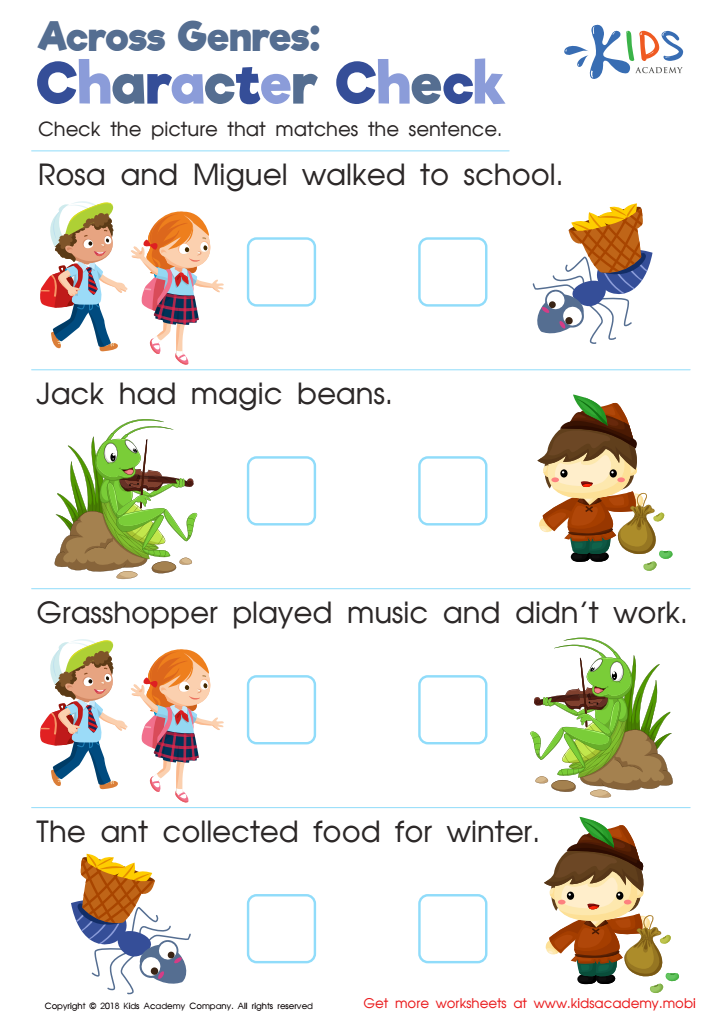

Across Genres: Character Check Worksheet
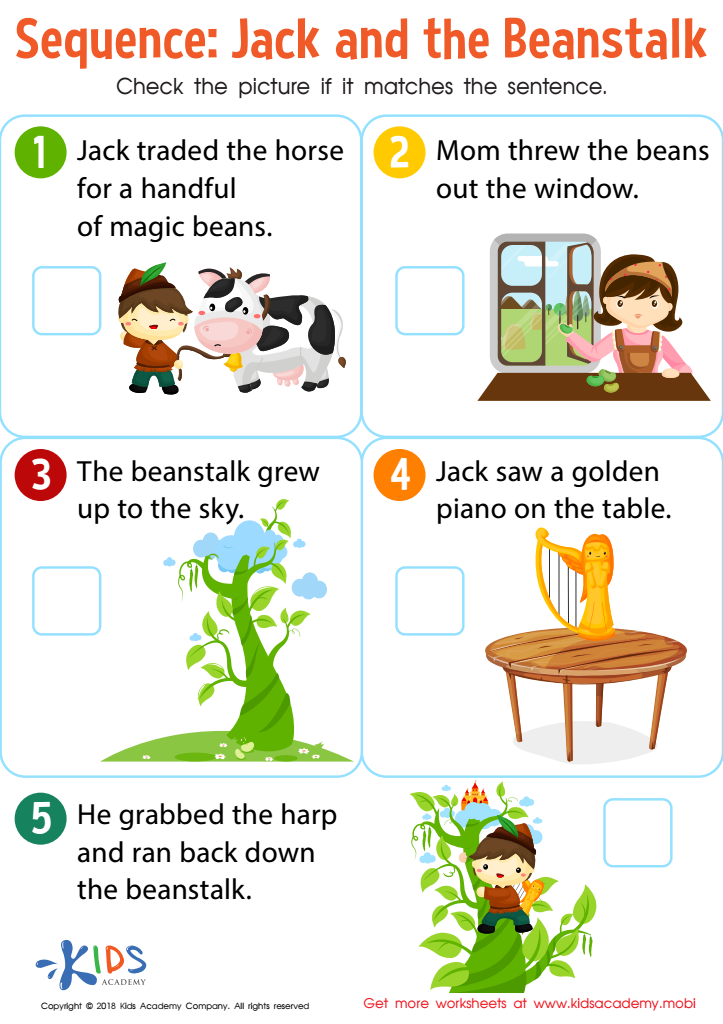

Sequence: Jack and The Beanstalk Worksheet


Jack and Beanstalk Worksheet
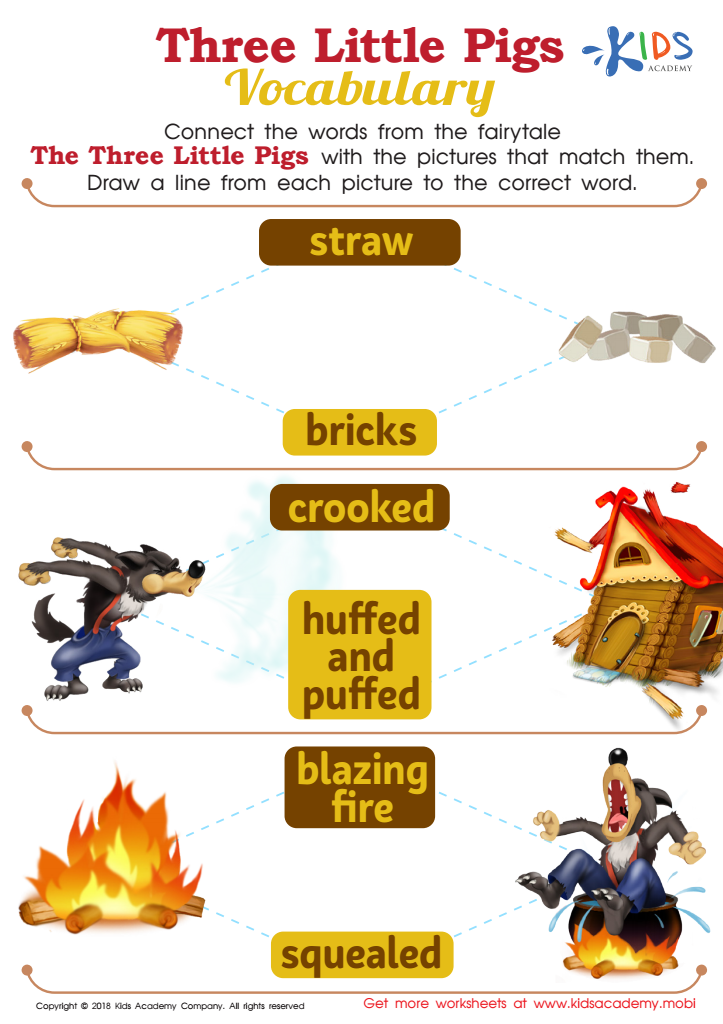

Three Little Pigs Vocabulary Worksheet


Puss in Boots Vocabulary Worksheet
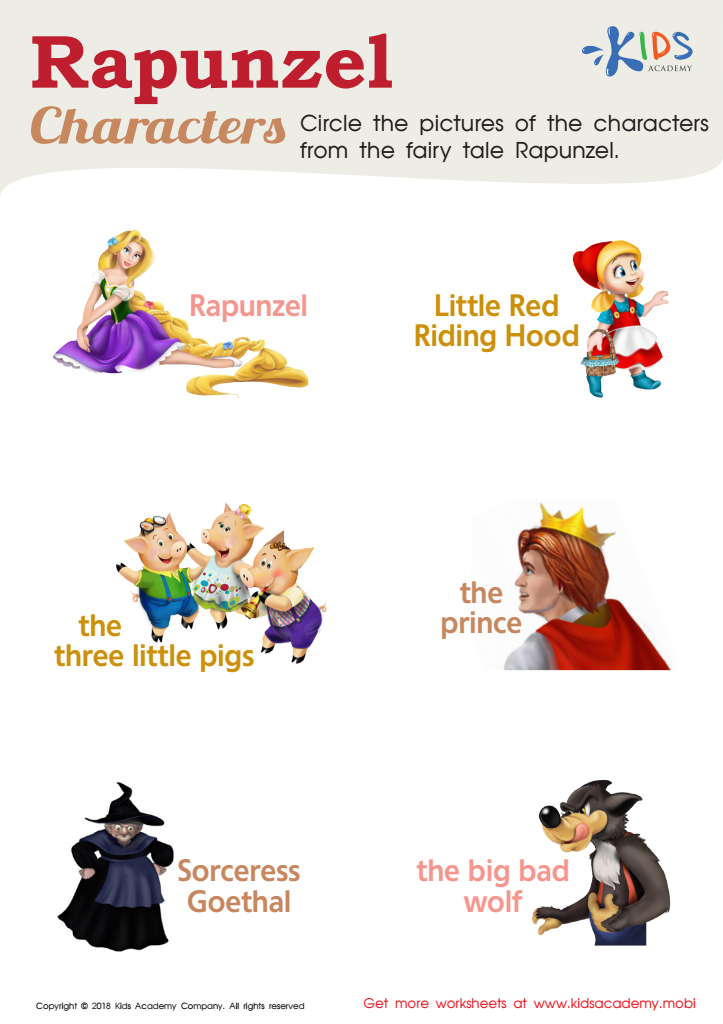

Rapunzel Characters Worksheet
Fairy tales play a crucial role in the development of children aged 6-8, and it's vital for parents and teachers to engage in activities related to these stories. First and foremost, fairy tales stimulate children's imagination and creativity. By exploring fantastical worlds, young listeners can learn to visualize scenarios, enhancing their creative thinking skills.
Moreover, fairy tales often contain moral lessons that teach ethical values. Parents and teachers can use these narratives to instill important concepts such as empathy, kindness, and resilience. Guided discussions about characters’ choices can help children reflect on their own behaviors and those of their peers.
Fairy tales also enhance language and literacy skills. Reading aloud and storytelling develop listening skills and vocabulary while promoting a love for reading. Activities around fairy tales, such as crafts or role-play, encourage collaborative learning and communication among peers.
Additionally, fairy tales can serve as excellent tools for cultural literacy. Many fairy tales originate from different cultures, which broadens children's understanding of diversity and fosters a sense of global awareness.
In conclusion, engaging children in fairy tales fosters creativity, imparts moral lessons, enhances literacy skills, and promotes cultural understanding, making these activities valuable for their holistic development.
 Assign to My Students
Assign to My Students




